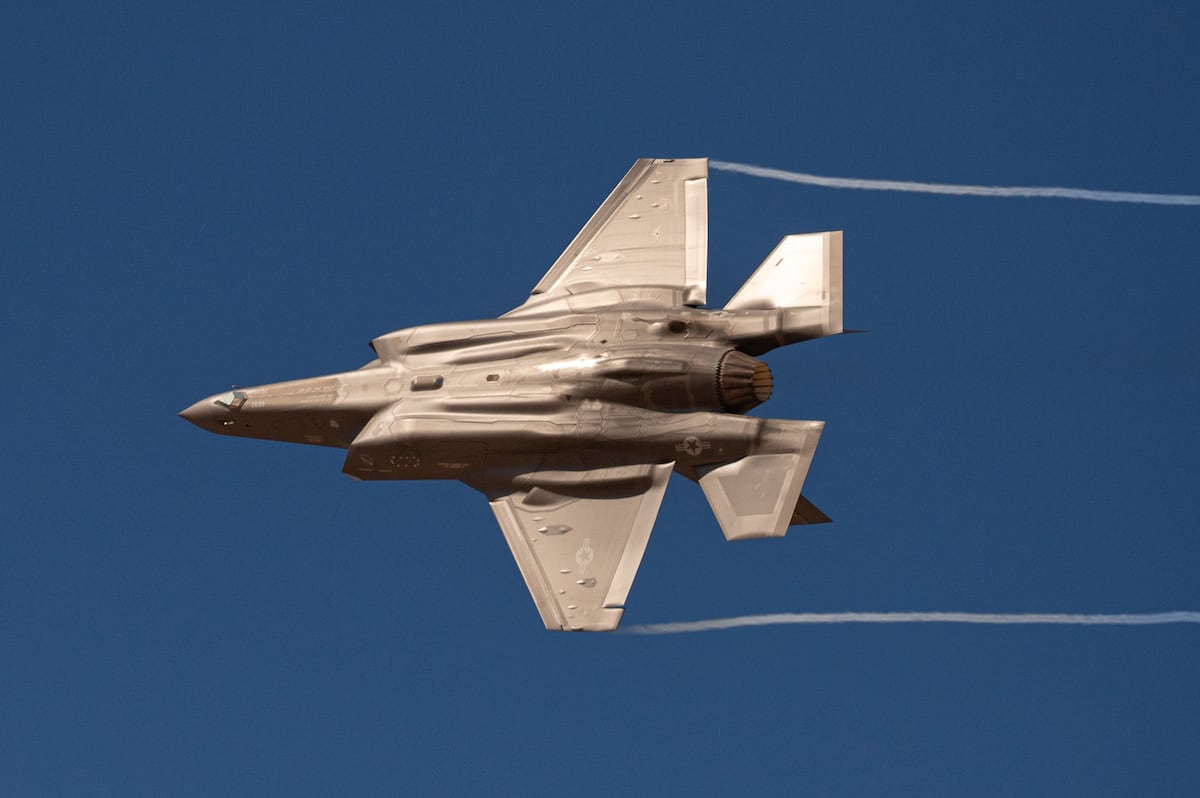F-35 Deployment to Middle East Amidst Heightened Houthi Strikes: A Strategic Shift?
The escalating conflict in Yemen and the increasing frequency of Houthi attacks against Saudi Arabia and the UAE have prompted a significant strategic move by the United States: the deployment of advanced F-35 stealth fighter jets to the Middle East. This deployment, while not officially confirmed in its full scale by the Pentagon, is widely reported and represents a potential game-changer in the regional power dynamics. The move underscores the growing concern over Houthi capabilities and the potential for further escalation.
Increased Houthi Capabilities and the Threat to Regional Stability
The Houthis, a Zaydi Shia movement, have significantly improved their military capabilities in recent years. Their arsenal now includes increasingly sophisticated drones and ballistic missiles, capable of reaching targets deep within Saudi Arabia and the UAE. These attacks, which have targeted civilian infrastructure as well as military installations, have caused significant damage and casualties, and raised concerns about the wider regional security.
- Drone technology advancements: The Houthis have demonstrated a proficiency in utilizing drones for both reconnaissance and offensive strikes, highlighting their evolving technological prowess.
- Ballistic missile capabilities: The range and accuracy of Houthi ballistic missiles are a growing concern, raising the threat of wider regional conflict.
- Cross-border attacks: The continued cross-border attacks against Saudi Arabia and the UAE represent a significant challenge to regional stability and underscore the need for a robust response.
The F-35 Deployment: A Deterrent or Escalation?
The deployment of F-35s to the Middle East is seen by some as a necessary deterrent to further Houthi aggression. The advanced stealth capabilities of the F-35, combined with its superior sensor technology and precision strike capabilities, offer a significant advantage in countering the Houthi threat. The presence of these advanced fighters could potentially disrupt Houthi operations and limit their ability to launch further attacks.
However, others worry that the deployment might be perceived as an escalation, further inflaming the conflict and potentially drawing the US more deeply into the Yemen war. The potential for unintended consequences and miscalculation remains a key concern.
Geopolitical Implications and Regional Reactions
The deployment has sparked considerable debate amongst regional players. While some countries may view it as a necessary step to maintain security and stability, others may express concern over potential escalations. The move also highlights the increasing complexity of the geopolitical landscape in the Middle East and the ongoing struggle for influence amongst regional and global powers.
- Regional alliances: The deployment reinforces existing alliances and partnerships in the region, solidifying collaborative efforts against common threats.
- International concerns: The deployment has raised international concerns about the potential for further escalation and the wider implications for regional stability.
- Humanitarian impact: The ongoing conflict in Yemen continues to have a devastating impact on the civilian population, raising serious humanitarian concerns.
The Path Forward: A Balancing Act
The deployment of F-35s to the Middle East presents a complex challenge. While it offers a potentially effective deterrent against Houthi aggression, it also carries the risk of escalating the conflict. A delicate balancing act is required to ensure that the deployment achieves its intended objective without exacerbating the situation and further endangering civilians. A comprehensive diplomatic strategy, combined with a targeted military response, remains crucial in addressing the root causes of the conflict and promoting lasting peace in Yemen. The long-term consequences of this strategic shift remain to be seen. Further developments and official statements from the involved parties will be crucial in understanding the full extent of this deployment and its ramifications.

